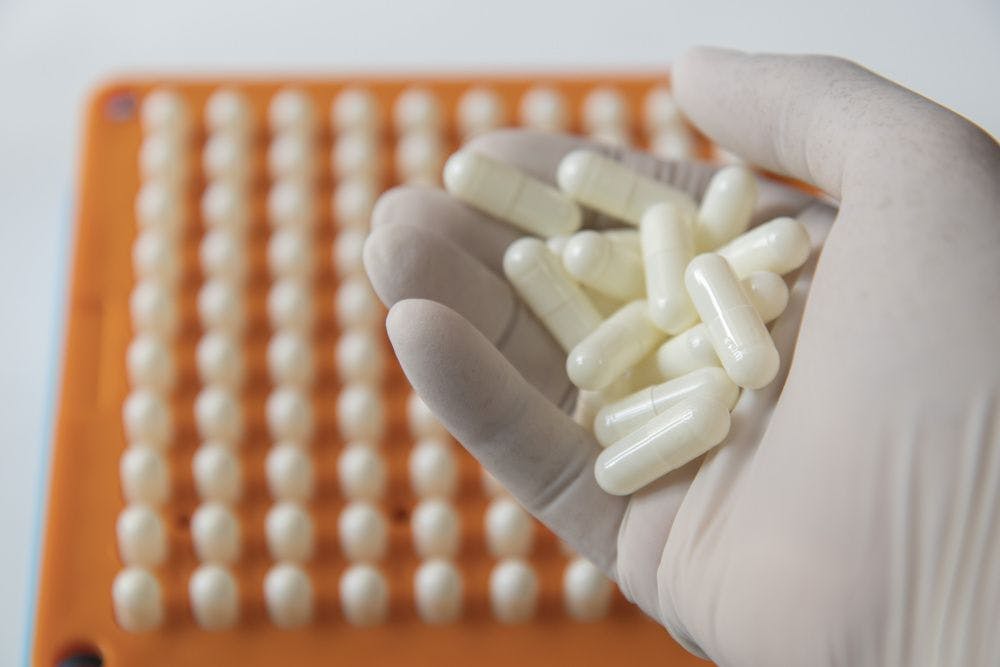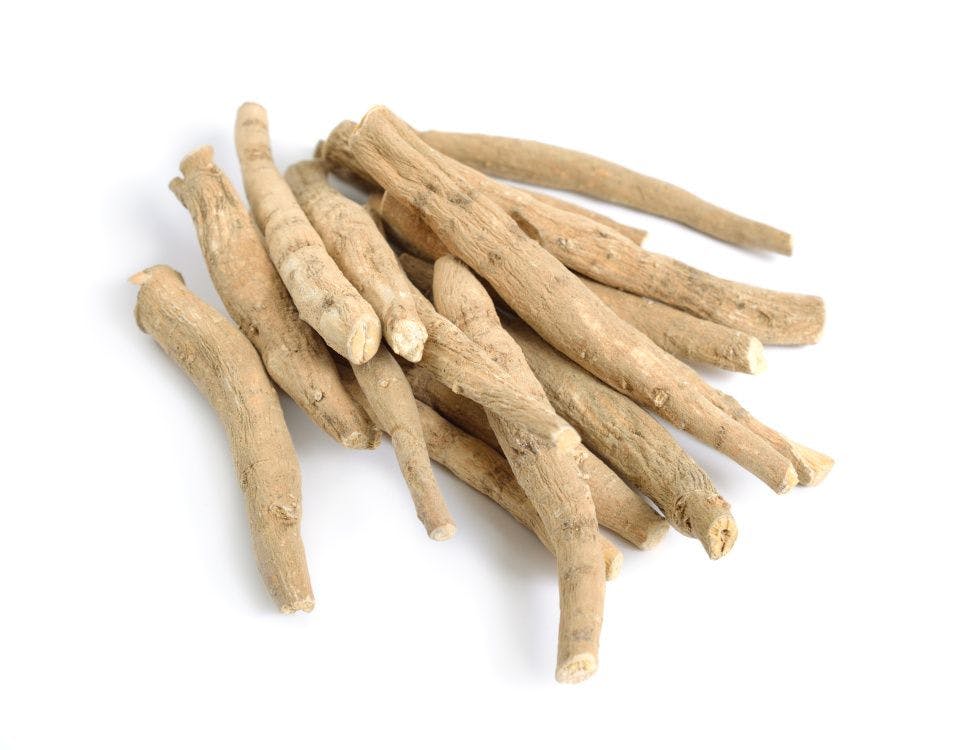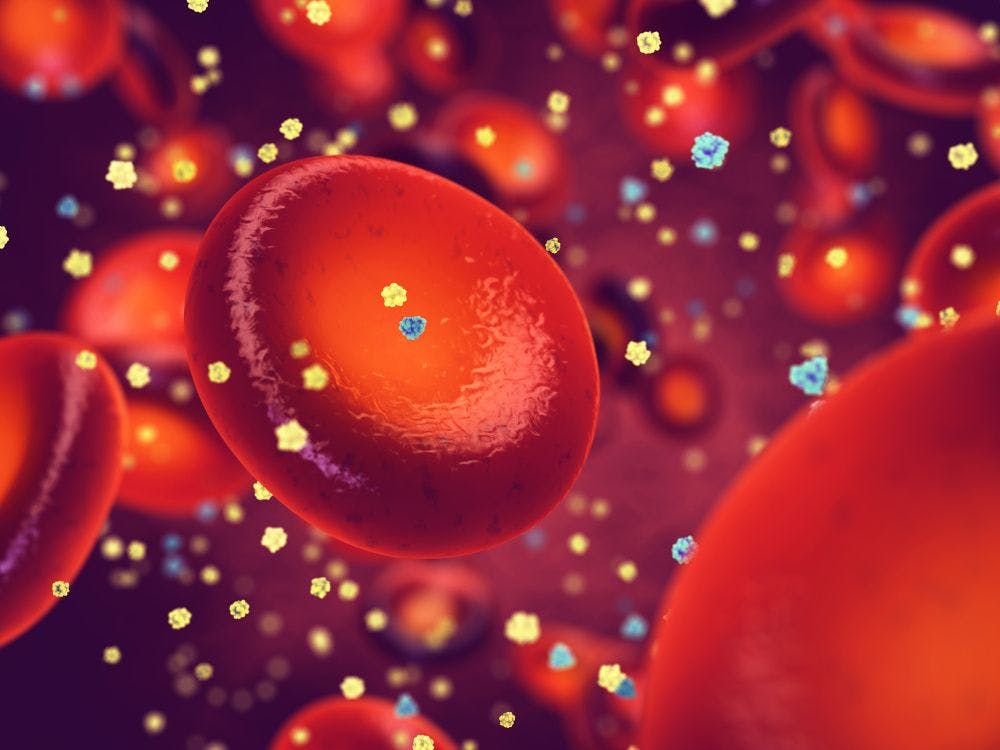Clean-label colors are the new normal, but they come with challenges
The trend away from synthetic colors creates opportunity as well as challenges.
Photo © Dina - Stock.adobe.com
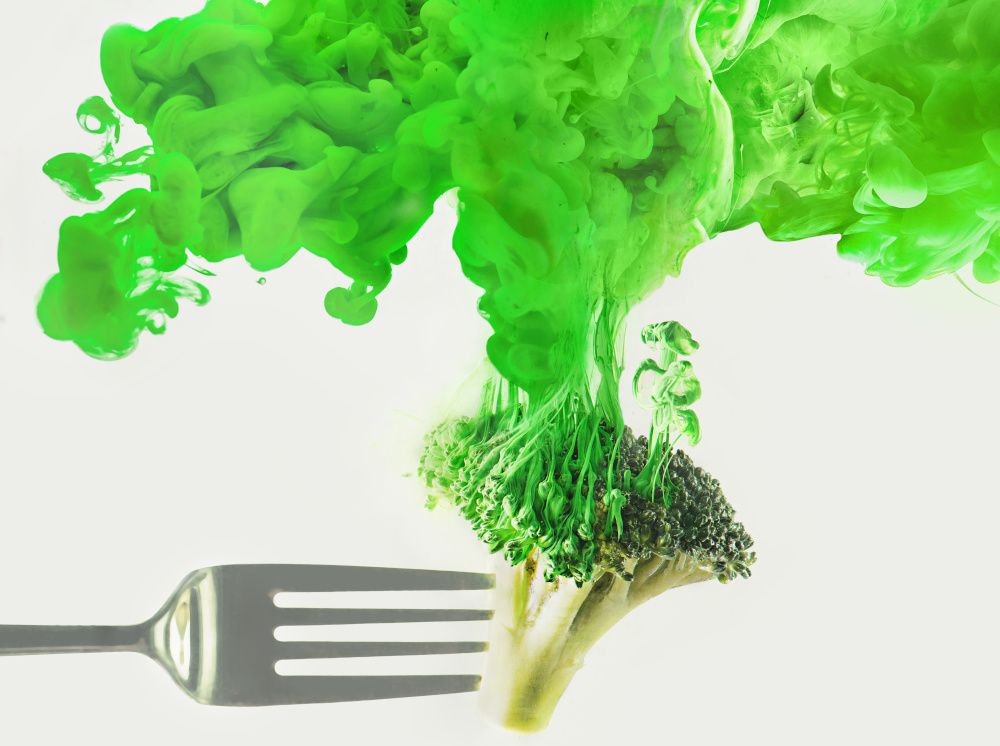
As the clean-label movement made clear, consumers like to know that the color in their food and beverages is derived from natural sources. According to an online consumer survey conducted from 2015 to 2020 by Sensient Technologies (Milwaukee, WI), the percentage of the general populace concerned about artificial colors was 46% in 2020, a 12% increase from 2015. The food coloring market has followed suit to accommodate this growing preference.
“Clean label is the norm and expectation today; it’s considered mainstream in North America as well as other parts of the world like Europe and Asia Pacific,” says Meghan Fox, marketing specialist for Sensient Food Colors. She notes that 80% of new product launches worldwide used food color from natural sources last year.
Consumers still demand the utmost quality from their colors, regardless of whether those colors are synthetic or natural. “Visual preference for a natural product is the same as a product that uses synthetic ingredients,” Fox points out. “Consumers want natural products to taste and look the same” as their conventional counterparts.
Failure to deliver in the color department may affect sales. Sensient’s consumer research indicates that color vibrancy correlates strongly with both higher liking and intent to purchase a product. Consumers associate color with bolder flavor profiles, which they equate to being tastier, says Fox. “As sensory experts,” she adds, “Sensient food scientists always emphasize the complete sensory experience to product developers, reminding food innovators that consumers first start eating with their eyes.”
The trend away from synthetic colors creates opportunity as well as challenges. For example, in the beginning of 2020, France banned the use of titanium dioxide as a white pigment in food. Multinational changes were already happening on that front; in 2015, for instance, Dunkin’ Brands announced it would no longer use powdered sugar that contains titanium dioxide. While many jurisdictions still allow the use of titanium dioxide, it’s a sign of things to come. But replacing titanium dioxide can be difficult. Alternatives like rice starch or calcium carbonate can sometimes add cost and may impact the texture of finished products. Therefore, research and development is required to make the transition away from the ingredient. In the meantime, suppliers are developing solutions.
“When ingredients like titanium dioxide begin to see declines, it is typically a result of direct pressure from consumer lobbyist groups and/or a reflection of widespread consumer demands. In this case, it’s a mix of both, and luckily, there are some great alternatives to titanium dioxide available on the market today,” says Fox. “For example, in order to meet this rising demand for whitening and opacifying alternatives, Sensient’s R&D team developed the industry’s only global portfolio of titanium dioxide substitutes, called Avalanche. This portfolio consists of application-specific solutions comprising either starch, mineral, or botanical components and makes renovation/innovation projects easy for brands.”
Fox emphasizes Sensient’s global portfolio because globally compliant color solutions are difficult to come by due to the different regulations between governing bodies on the permissibility of certain ingredients. This is an important factor to consider when formulating one’s products. Other color challenges, especially when sourcing from nature, include blue hues, due to the scarcity of blue sources found in nature.
“Without a natural blue component, it is difficult to achieve some purples and greens, depending on the application, because blue is a primary color or base component to build greens and purples,” explains Fox. “Colors from spirulina extract provide bright sky-blue hues and beautiful lime greens and purples, but spirulina does not perform in every application, including carbonated soft drinks, ready-to-drink beverages, and heat-processed products.”
As food technology advances to achieve even more vibrant and complex colors from natural sources, synthetic colors will continue to be a useful tool to achieve a desired look while keeping costs down. However, with the majority of new product developers using natural colors, it’s an important time to enhance one’s product portfolio with these free-from, clean-label ingredients, not only to retain and attract customers but also to get ahead of potential hurdles as certain jurisdictions and businesses phase out common ingredients.
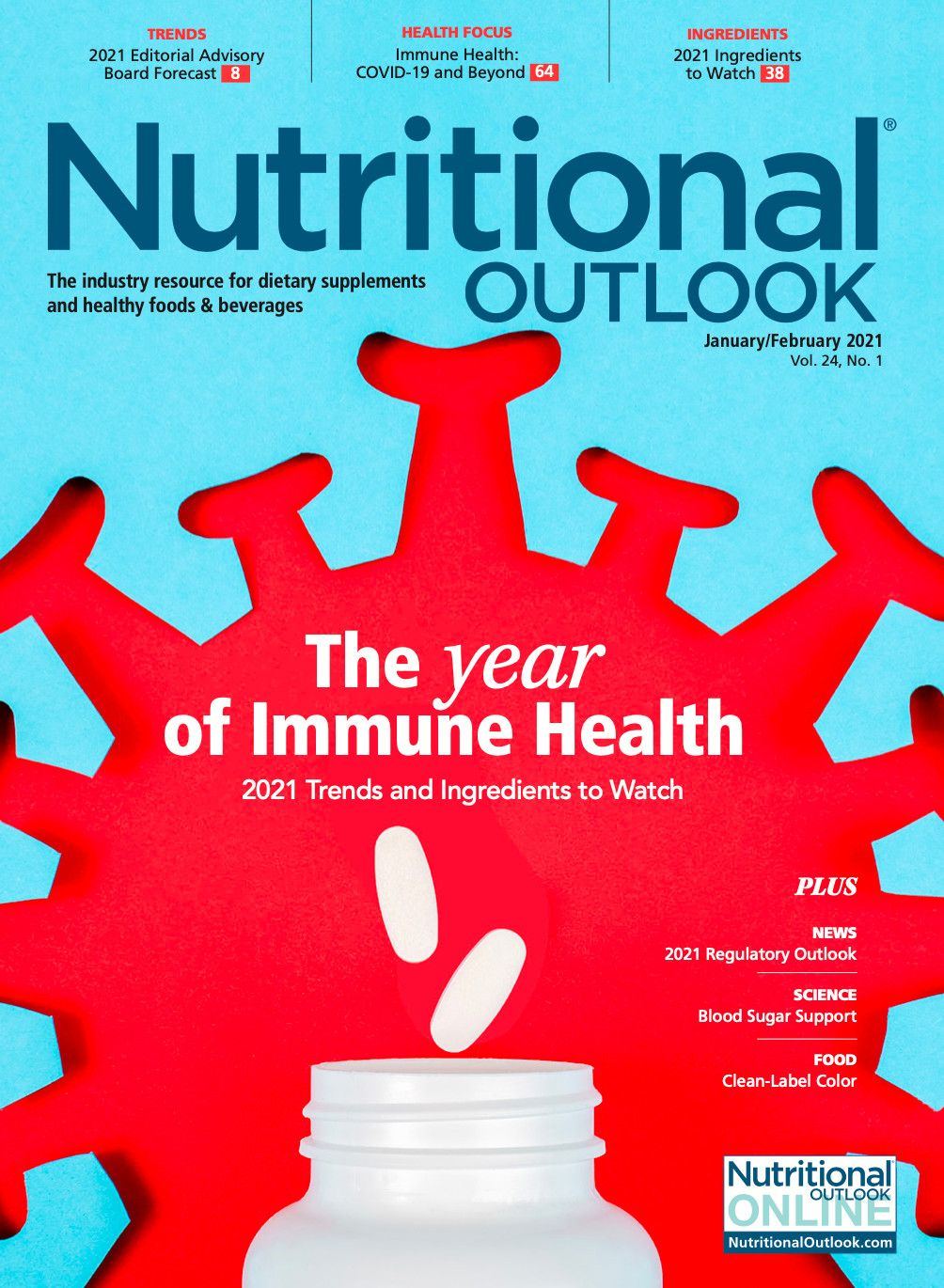
Prinova acquires Aplinova to further increase its footprint in Latin America
April 7th 2025Prinova has recently announced the acquisition of Brazilian ingredients distributor Aplinova, which is a provider of specialty ingredients for a range of market segments that include food, beverage, supplements, and personal care.






